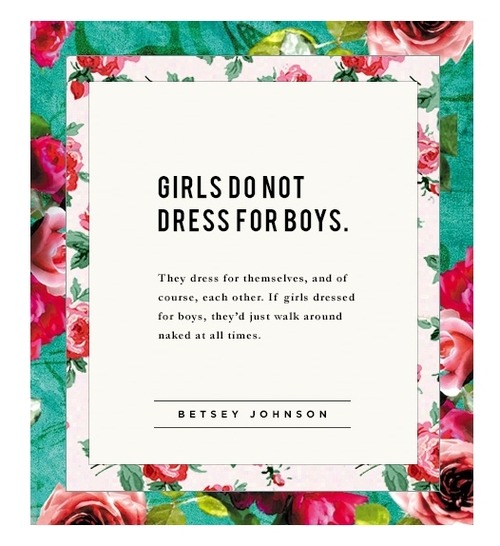A very stereotypically "feminine" aspect of style and dress is makeup. Aside from a select few males (e.g. Boy George, Leigh Bowery), the majority of people who wear makeup are women. It can be used to completely change a person's appearance, even make them look more masculine or feminine.
Whilst researching feminism and makeup I found
this very interesting article. Erin, the writer, discusses whether makeup is oppressive to women, and whether it's possible to be a follower of fashion and cosmetics trends and be a feminist at the same time.
She looks at how "control marks" like lipstick, corsets and high heels can be seen as signs of power and assertiveness, rather than a way of controlling or subduing women through making them wear uncomfortable, impractical clothes.
Many women seem to agree that makeup is now as much about making yourself
feel good and giving you self confidence, as it is about making yourself
look good to other people, in particular men. The article also raises the fact that both sexes now often wear makeup, e.g. fake tan, lip balm, eyeliner etc., regardless of sexuality.






